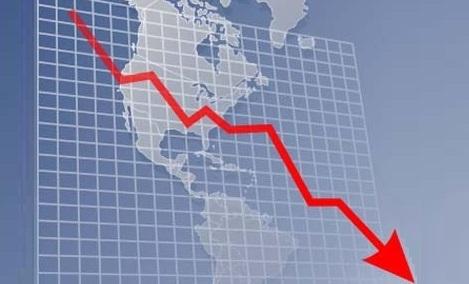SMU Data and Models

SMU MoMo Index Starting to Slip
Written by Brett Linton
February 6, 2014
The Steel Market Update Price MoMo Index for flat rolled steel in the U.S remained negative this week for the 2nd consecutive week after being in positive territory for the prior 15 weeks. MoMo, a trailing indicator, is measured as a percentage and shows the relation of the current hot rolled coil (HRC) price movements against the previous 12-week average spot price as recorded by Steel Market Update. MoMo was measured at -1.55 percent this week, meaning that the current HRC price is lower the average price over the previous 12 weeks.
The change in MoMo can be a useful indicator in depicting the severity of price movements and evaluating the directional trend prices may be in. The week-over-week change in MoMo was -0.68 percent this week, up from -1.55 percent the week before. Looking at this change on a 3-week moving average, we see that the trend in HRC price fluctuation has started to show an overall negative direction for HRC prices. The 3-week average change in MoMo is -0.54 percent, up from -0.85 last week.
The interactive graph below demonstrates the relationship between the SMU hot rolled coil price and the three week moving average change in MoMo. Published in our Tuesday evening issue, the SMU HRC price range for this week is $640-$680/ton with an average price of $660/ton.
SMU Note: You can view the interactive graphic below when you are logged into the website and reading the newsletter online. If you have not logged into the website in the past and need a new user name and password we can do that for you out of our office. Contact us at: info@SteelMarketUpdate.com or by calling 800-432-3475. If you need help navigating the website we would also be very happy to assist you.
{amchart id=”70″ SMU Price MoMo Index}

Brett Linton
Read more from Brett LintonLatest in SMU Data and Models

SMU’s June at a glance
A look at SMU data for the month of June.

SMU Survey: Buyers’ Sentiment rebounds from multi-year low
Both of SMU’s Steel Buyers’ Sentiment Indices edged higher this week. Current Sentiment rebounded from a near five-year low, while Future Sentiment rose to a two-month high

SMU flat-rolled market survey results now available
SMU’s latest steel buyers market survey results are now available on our website to all premium members.

SMU Survey: Sheet lead times pull back after early-June blip, plate holds
Following the uptick seen two weeks ago, lead times eased this week for all four sheet products tracked by SMU, while plate lead times held steady, according to this week’s market survey.

SMU Survey: Pricing power abruptly shifts to steel buyers
The majority of steel buyers responding to our latest market survey say domestic mills are more willing to talk price on sheet and plate products than they were earlier this month. Sheet negotiation rates rebounded across the board compared to early June, while our plate negotiation rate hit a full 100%.
